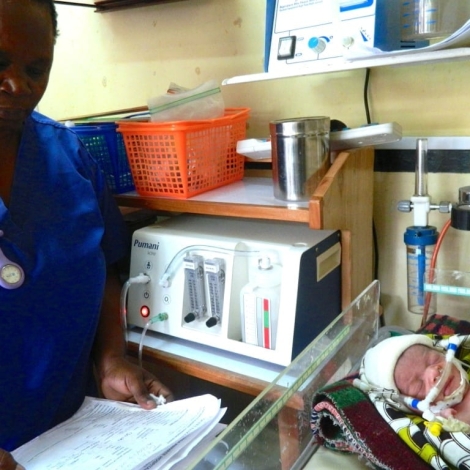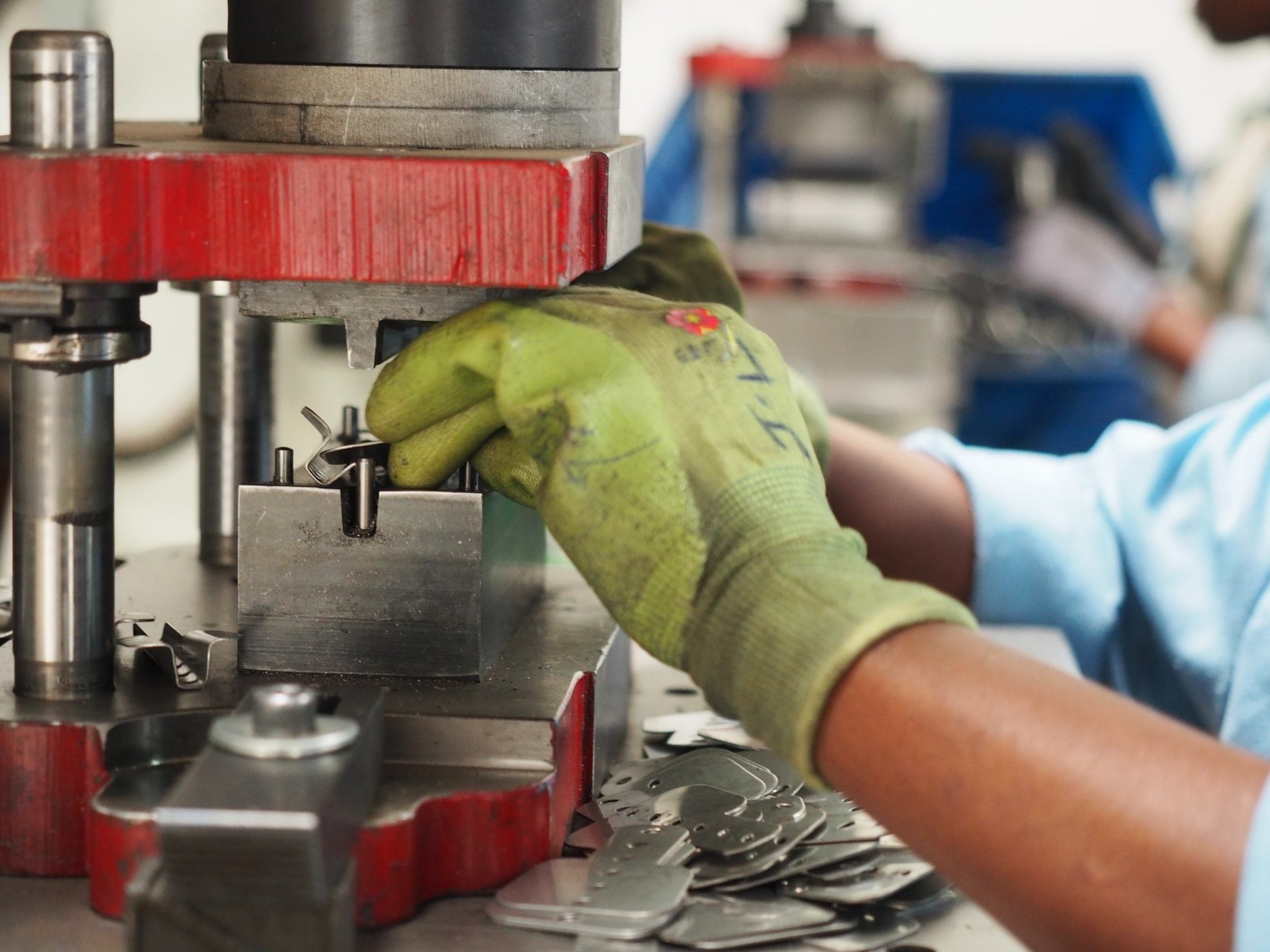By Mary Kate Quinn
In a recent post at D-Rev’s site, Randy Schwemmin argues that grants awarded to the global health technological community are overly reliant on clinical data. Schwemmin focuses on the need to show safety and efficacy with clinical trials if the technology is adapted from technology that has already been proven safe and effective. In order to lower costs, these technologies often use novel approaches which may require different kinds of safeguards, and therefore cannot claim direct equivalence to those offered in Western markets. However, many devices do not require these clinical studies. Schwemmin lists a number of reasons why clinical trial data may be unnecessary for D-Rev’s Brilliance and other proven devices. The argument he makes is essentially that the granting organizations should look at evidence that would prove “substantial equivalence” of the device with prior technology just as the FDA would accept the same evidence for safety and efficacy in the US. I agree with Schwemmin that a clinical trial evaluating safety and efficacy would be redundant for a device like Brilliance.
Implementation studies answer how the service the device provides compares with different interventions long term, instead of how the device compares with state of the art devices.”
What Schwemmin overlooks is the benefit of an implementation study. As opposed to a clinical trial for safety and efficacy, these studies seek to evaluate feasibility, sustainability, outcomes in the field, patient acceptance and compliance, etc. Tried and true devices do not need to be reevaluated in clinical trials. Instead, we need to understand the impact these devices will have in their intended settings. This is the type of clinical study that could benefit a device like Brilliance. The essential question that these studies try to answer is whether the design does improve the uptake of the device in low-resource settings. So they answer how the service the device provides compares with different interventions long term, instead of how the device compares with state of the art devices.
Over the past two years, I have been working on a large-scale implementation study on the Pumani bubble continuous positive airway pressure (CPAP) device with Rice University. The goal of my current work is not to evaluate whether a device such as bubble CPAP is effective for neonates. This has been proven time and again. Rather, the goal is to investigate whether the Rice-designed bCPAP is effective in Malawi. Does the design of the device overcome the unique challenges associated with a low resource setting? What additional costs are necessary in order to implement successfully? And if these additional costs are included, is this still a cost-effective solution? It is important to consider that cost is not the only barrier to usage; staff acceptance, ease of use by local health care staff, and simplicity of repair in the field by local technicians can make or break a successful implementation. The best way to realistically show that these indicators have been met is through an implementation study.
Field testing is essential to a successful and sustainable global health device.
There is a danger that implementation studies can also become repetitive and prevent progress. A recent editorial in the British Medical Journal discussed the repetitive studies on CPAP in developing countries. Their conclusion was that too many studies were focused on feasibility, delaying the implementation of the therapy and costing lives. Focusing clinical data on feasibility is not always the best approach. If feasibility is well proven, clinical data can be used to show cost-effectiveness and mortality reduction on a larger scale. Is this intervention the most effective use of money when compared to other interventions? These data from the field are the most effective way for funding agencies to compare different interventions.
Field testing is essential to a successful and sustainable global health device. Over the past three years of implementing the Rice CPAP in Malawi, we have been able to identify several ways in which the device could improve and those changes will inform the production of the commercial model. Performing a study in the field is a much more thorough approach to obtaining user feedback. How often a nurse uses a CPAP is much more informative than how often a nurse imagines he/she would use a CPAP. After months of use, a health care professional can make more informed comments than after a short demonstration. This type of data is invaluable to global health technology developers, and is essential in determining which products most deserve grants. Global health technology implementation on a shoestring budget is not glamorous work, but essential to the development process. The clinical data gathered from this field work is necessary to compare interventions and technologies. Like any device, D-Rev’s Brilliance could benefit from this type of study, and this data could help when applying for future funding.
About the Author
Mary Kate Quinn is the Research Project Manager at Rice University’s Rice 360° Institute for Global Health Technologies in Houston, Texas.
*Editor’s note: Randy Schwemmin is a former contributing editor at E4C News and the former Director of Technical Operations at Design Revolution in San Francisco, California.

